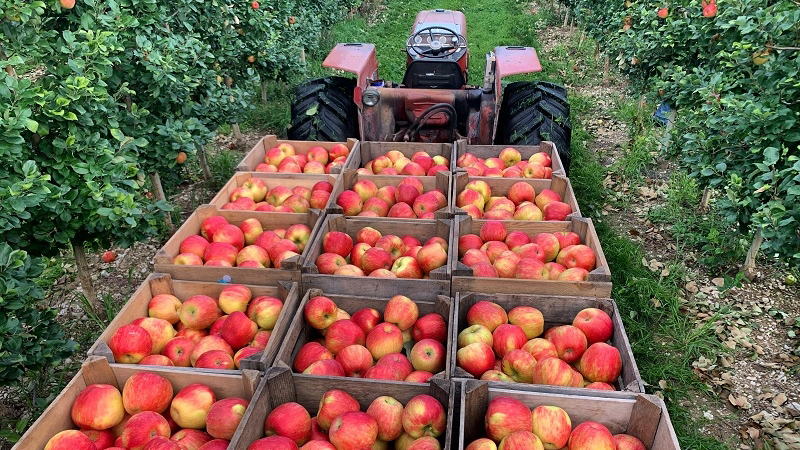Tomato Fertilizing Tips

Due to widespread changes over the past several years in the way processing tomatoes are grown in California, many processing tomato growers are unwittingly skimping on two critical nutrients: phosphorous (P) and potassium (K). “It’s done by habit,” says Tim Hartz, an extension specialist in the Department of Vegetable Crops at the University of California-Davis. “It might not be apparent at first, but what’s worked for 40 years doesn’t work any more.”
Processing tomatoes have traditionally been grown with furrow irrigation methods. But in recent years growers, in search of much higher yields, have converted to drip irrigation. “In the San Joaquin Valley, more than half the acreage is now drip on tomatoes,” says Hartz. “And in the Sacramento Valley, we’ll probably hit 50% soon.”
The widespread conversion, which is so dramatic that Hartz calls it a “revolution” in the industry, is certainly understandable. Growers who used to be satisfied with 30 tons per acre are now seeing 45 to 60 tons per acre. While growers are generally maintaining adequate N availability, availability of P and K is not receiving the attention it deserves.
Make Nutrients Available
But with higher rates of growth, as the parent of any teenager could tell you, come greater nutrient needs. “That old philosophy of lower P and K doesn’t work,” says Hartz. “Growers need to put on more and make it available. We are running on the edge of availability in many fields.”
The matter of availability of P complicates the issue, says Hartz. Even if growers do boost their rates of P, much of that is being applied through the subsurface drip system. “By running it through the irrigation system, you’re putting it near the drip tape at roughly 12 inches deep, and it doesn’t move,” he says. “That means in the early weeks of growth, the plant roots won’t be deep enough to mine it.”
Hartz recommends boosting the rates of P, as well as preplant banding or applying a starter at transplanting — just like the old furrow irrigation days — to make sure the plants’ young roots can get at the nutrients. “Remember, it’s the total amount needed and availability, especially early on,” he says. “Any way that makes sense for your operation.”
Quality Concerns
When it comes to potassium in particular, besides the yield potential not being reached, vines can senesce because of a lack of K, and quality will suffer because the fruit doesn’t color up as well. At harvest, vines should contain 60 to 100 pounds per acre of K, says Hartz, who has seen only 15 to 20 pounds per acre in some fields.
“When you start analyzing the fruit, it’s not surprising that’s where you see color problems like yellow shoulder,” he says.
Unlike with younger plants, the roots do have access to the drip zone during fruit set and ripening, however. “So do put K in the drip systems as a safeguard against quality problems and for ensuring top yields,” he advises.
As far as the other major nutrient, nitrogen (N), Hartz says growers seem to put plenty on, perhaps because the effects are more immediately evident and N has always been regarded as a form of cheap insurance. In fact, more often than not, Hartz says it’s too much N that’s the problem, not too little. “You’ll see huge, deep, lush canopies,” he says. “Some growers struggle with fruit rot because of all the humidity.”
How Dry They Are
It’s no secret that many Calfornia vegetable growers will be struggling this coming summer if the state doesn’t get a huge snowpack. By the end of January — ordinarily the state’s wettest month — the prospects did not look good.
Many large tomato growers in the San Joaquin Valley had already announced by the end of the month that they would let thousands of acres go fallow. Actually, many are planting wheat, but probably won’t harvest. It’s mostly to keep the weeds down.
That news didn’t come as a huge surprise as some growers in the San Joaquin Valley didn’t plant last year. Some even walked away from planted fields, leaving them unharvested.
What’s really alarming, says University of California-Davis Vegetable Crops Farm Advisor Tim Hartz, is that growers in the Sacramento Valley had announced by late January that they were leaving some ground fallow, ground that was initially planned for tomatoes. “That’s never happened before,” says Hartz. “Bottom line: It will be a tough year.”









